How to Know if You Have Bed Bugs: 7 Early Signs to Look For
By:
Updated:
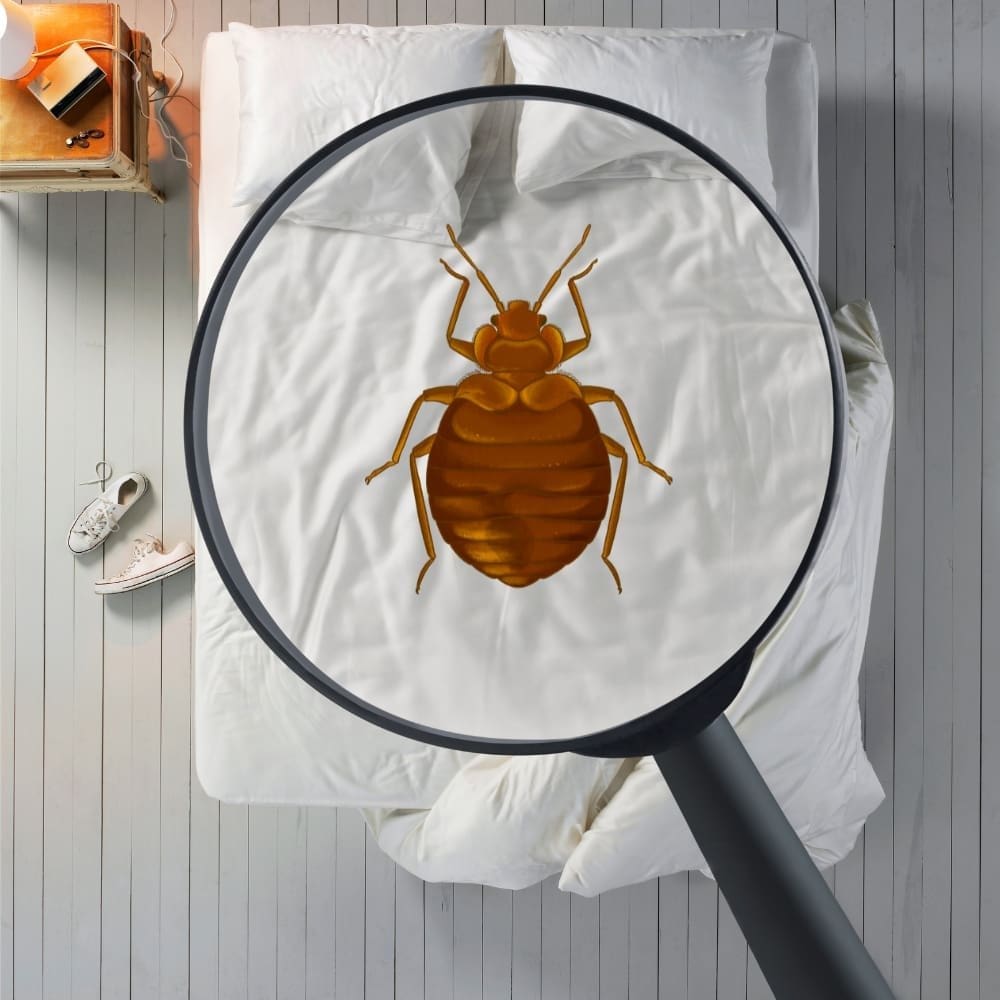

Identifying the early signs of bed bugs is crucial for preventing an infestation from getting worse. In this article, we’ll cover 7 key signs of bed bugs and where to look for them.
Early Signs of Bed Bugs
Bed bugs (Cimex lectularius) are parasitic insects that feed on blood while we sleep. They have small, flat bodies enabling them to hide in tight gaps and crevices where they spend most of their time in hiding.
Despite their notorious ability to go unnoticed, it isn’t impossible for a vigilant homeowner or apartment renter to notice signs of a potential bed bug infestation. At MMPC, we perform thousands of inspections and extermination services each year. From our experience, the best way to protect your family from these blood-sucking pests is to understand and recognize these 7 early signs:
What to Look For
People often start suspecting bed bugs after getting bites. They might discover bloodstains or fecal marks around the bed. Musty odors become noticeable over time, coming from an accumulation of blood, feces, and pheromones. Shell casings and eggs may be found in mattress seams and concealed hiding spots. Depending on the situation, seeing bed bugs can also be an important early sign.
1. Bites
- Small, red, itchy bumps
- Often found on face, neck, arms, hands, and legs
- May appear in clusters of 3 or 4 bites or in a zigzag line (known as the “breakfast, lunch, and dinner” sign)
- 30% of people don’t show symptoms
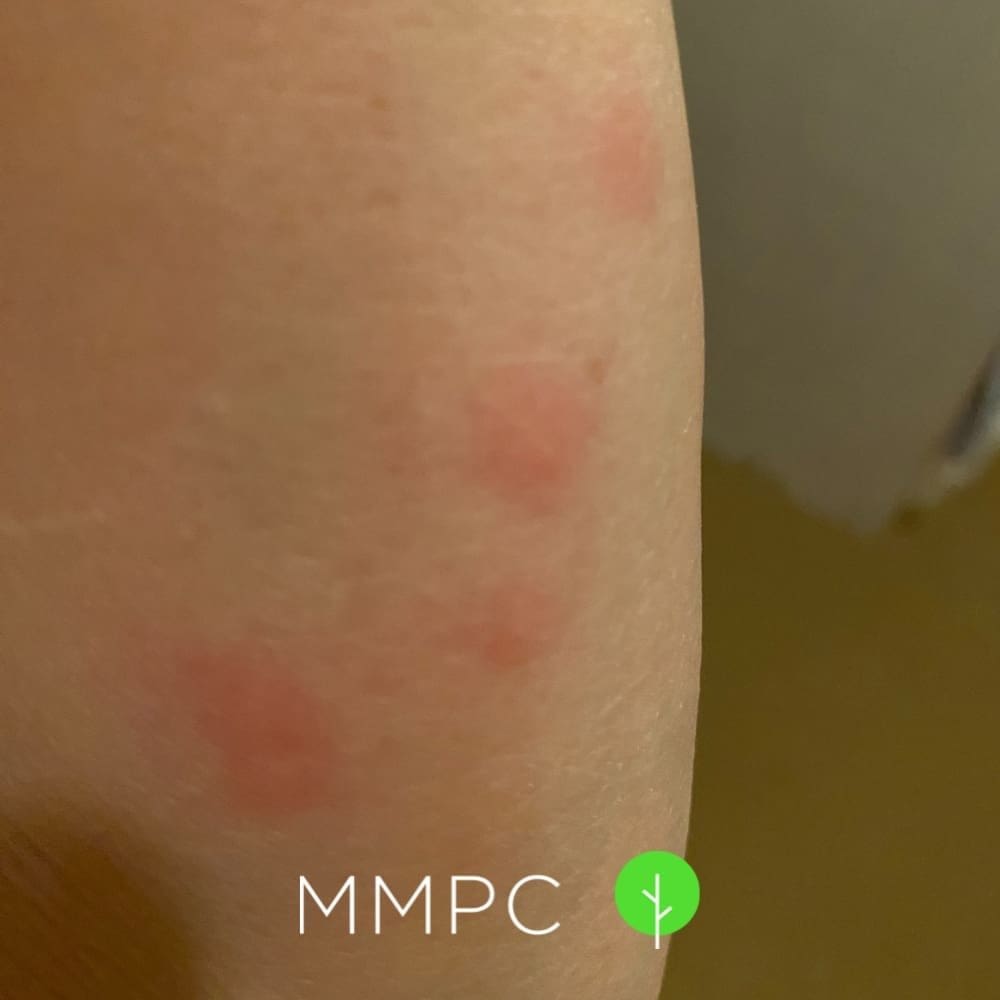
Usual symptoms of bed bug bites are small, red bumps on skin. Bite marks are typically around 2–5 mm in diameter and accompanied by itching or swelling.1 Bed bugs prefer to feed on exposed skin when the host is sleeping, so the face, neck, arms, and legs are common places to get bitten.
Their bites often appear in clusters or zigzag lines. A characteristic pattern to look out for is bite marks in clusters of 3 or 4, located a few centimeters apart in a linear or zigzag arrangement. This is commonly referred to as the “breakfast, lunch, and dinner” sign.2
It’s important to understand that everyone reacts differently to bed bug bites. In fact, approximately 30% of people don’t exhibit any symptoms at all.3 Furthermore, bite occurrence also depends on how severe an infestation is. When very few bed bugs are present, bites may appear isolated and infrequent. As the population increases, bites tend to be found in clusters and on a more regular basis.
While getting bites is an important warning sign, it isn’t conclusive evidence of bed bugs. We often receive emails from people concerned about bites which are in fact from skin conditions or other pests like ticks and fleas.
Fortunately, bed bug bites are generally not dangerous and do not transmit any known diseases. However, some people may experience allergic reactions to certain chemicals in bed bug saliva.
Pictures of Bed Bug Bites

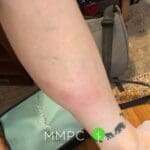
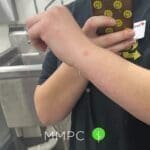


2. Bloodstains on Sheets
- Red or rust-colored stains
- Often found on bedsheets, clothing, or pillows
- Check first for other probable causes
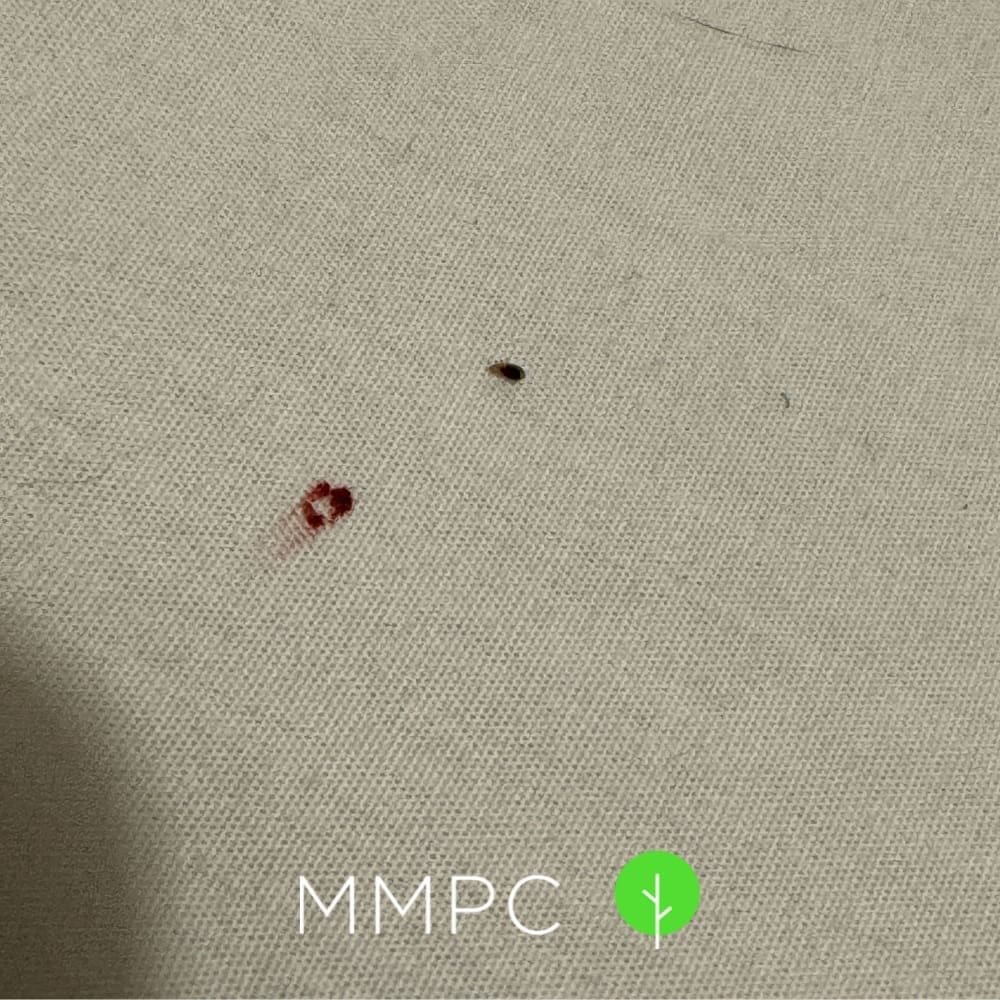
You might discover bloodstains in your bed as a result of recent bed bug activity. Look for red or rust-colored stains that appear in small splotches or smears. The most common places to find them are on bedsheets, clothing, and pillowcases.
Where do these stains come from? Even though we don’t notice bed bugs while they’re feeding, they don’t always get away unscathed. When a bed bug is engorged, its abdomen swells with blood and almost doubles in size. If you suddenly move or shift your body, you might inadvertently crush it and cause blood to leak out.
Sometimes, bloodstains are also produced from fresh bites. Bed bug saliva contains an anticoagulant that prevents blood from clotting while they feed.4 After they finish their meal, bitten areas may continue to bleed for a short while.
But before jumping to conclusions, check your body first for other probable causes like cuts or scabs. If you can’t find another explanation for a bloodstain, then it might be from an unlucky bed bug.
Pictures of Bed Bug-Related Bloodstains


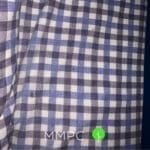
3. Fecal Marks
- Tiny, dark brown or black spots
- Fresh droppings resemble ink dots from a ballpoint pen
- Old droppings leave stains on fabric
- Often found in mattress seams and harborage areas
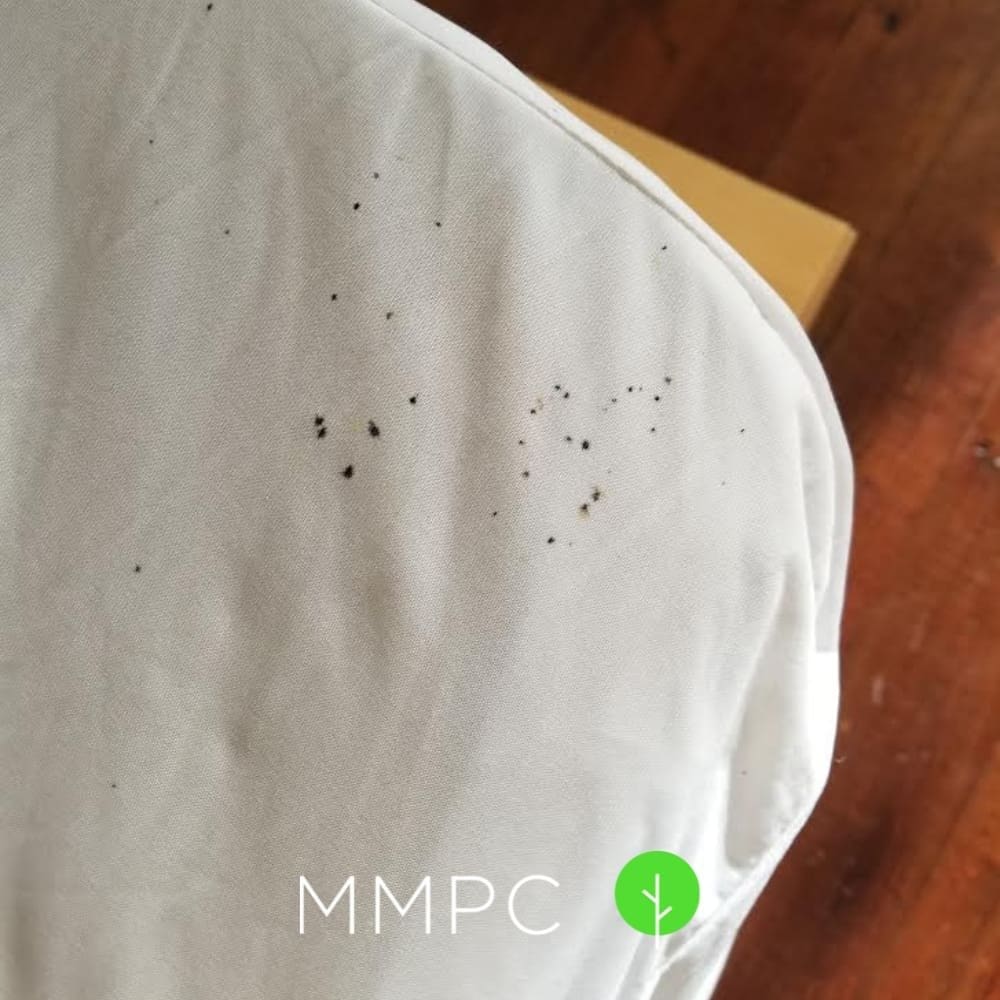
Fecal marks are result of bed bug excrement, which mainly consists of digested blood. Unlike regular bloodstains, which are red or rust-colored, fecal marks look like dark brown or black spots (also referred to as “fecal spotting”).
Fresh droppings are very small (around 1–2 mm) and resemble ink dots from the tip of a ballpoint pen. They smear easily and give off a faint, rusty smell that contributes to the overall unpleasant odor of a bed bug infestation. Old droppings soak into mattresses and fabrics over time, leaving behind stubborn stains that are difficult to wash out.
Bed bugs can leave fecal marks anywhere—on sheets, mattresses, headboards, box springs, walls, curtains, and other surfaces. However, they’re most often found in areas where bed bugs congregate, such as mattress seams and other harborage areas.
Pictures of Fecal Marks




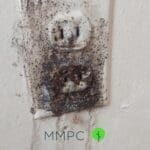
4. Musty Odors
- Unpleasant, musty odors
- Starts faint and worsens over time
- May smell like rust, wet towels, and moldy laundry
- Bed bug pheromones have a faint scent of raspberries
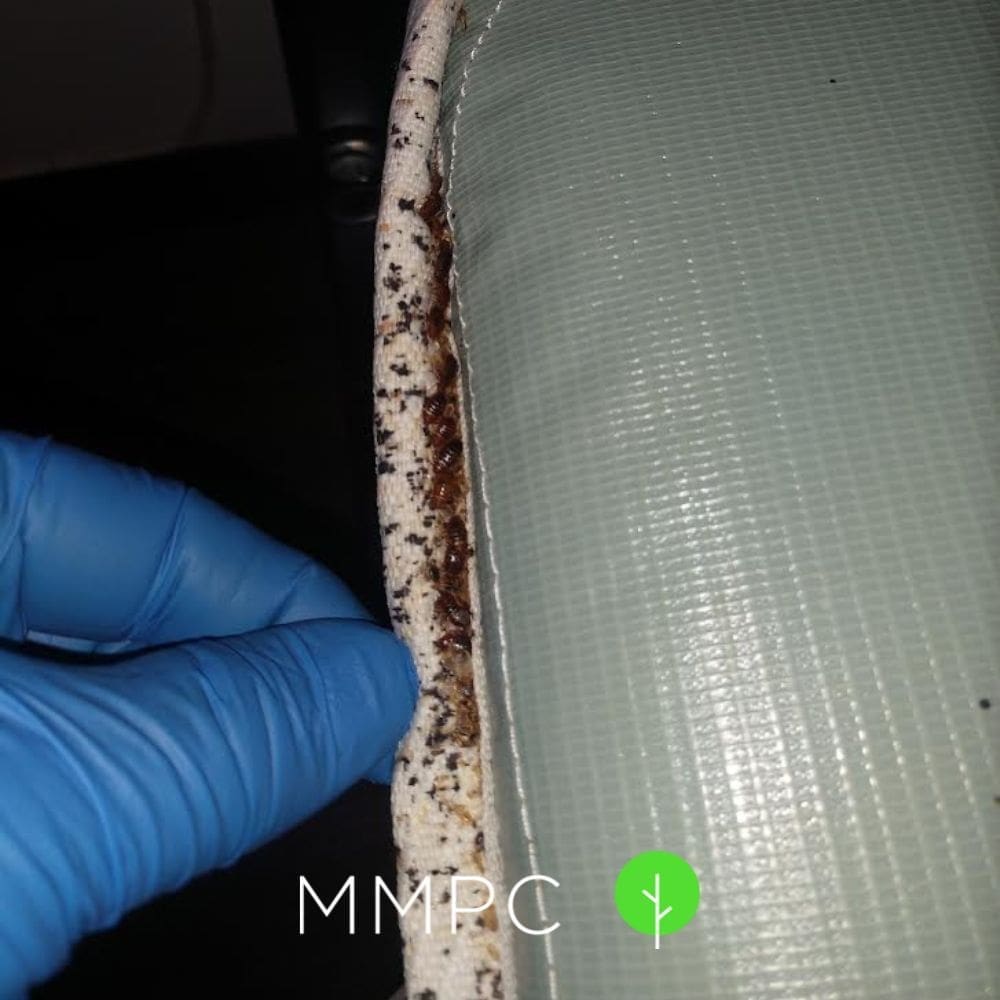
An unpleasant, musty odor in your bedroom (without an obvious source like mold) could be a sign of bed bugs, especially if you’ve noticed bites or other signs. The smell is faint at the onset of an infestation and gradually worsens over the course of a few weeks.
Digested blood in bed bug feces contains iron, which oxidizes and produces a rusty smell. Also mixed in are unpleasant scents from dead bed bugs and shell casings left behind when they molt. This combination produces an overall musty odor frequently compared to rust, wet towels, and moldy laundry.
Bed bug pheromones also contribute to the odor, but not as much as most people believe. While it’s true that their pheromones smell slightly sweet and similar to raspberries or coriander,5 the scent is extremely faint and usually only noticeable to experienced professionals or trained bed bug-sniffing dogs.
5. Shell Casings
- Pale, translucent, yellowish-brown husks
- May be complete or partial
- Often found in mattress seams and harborage areas
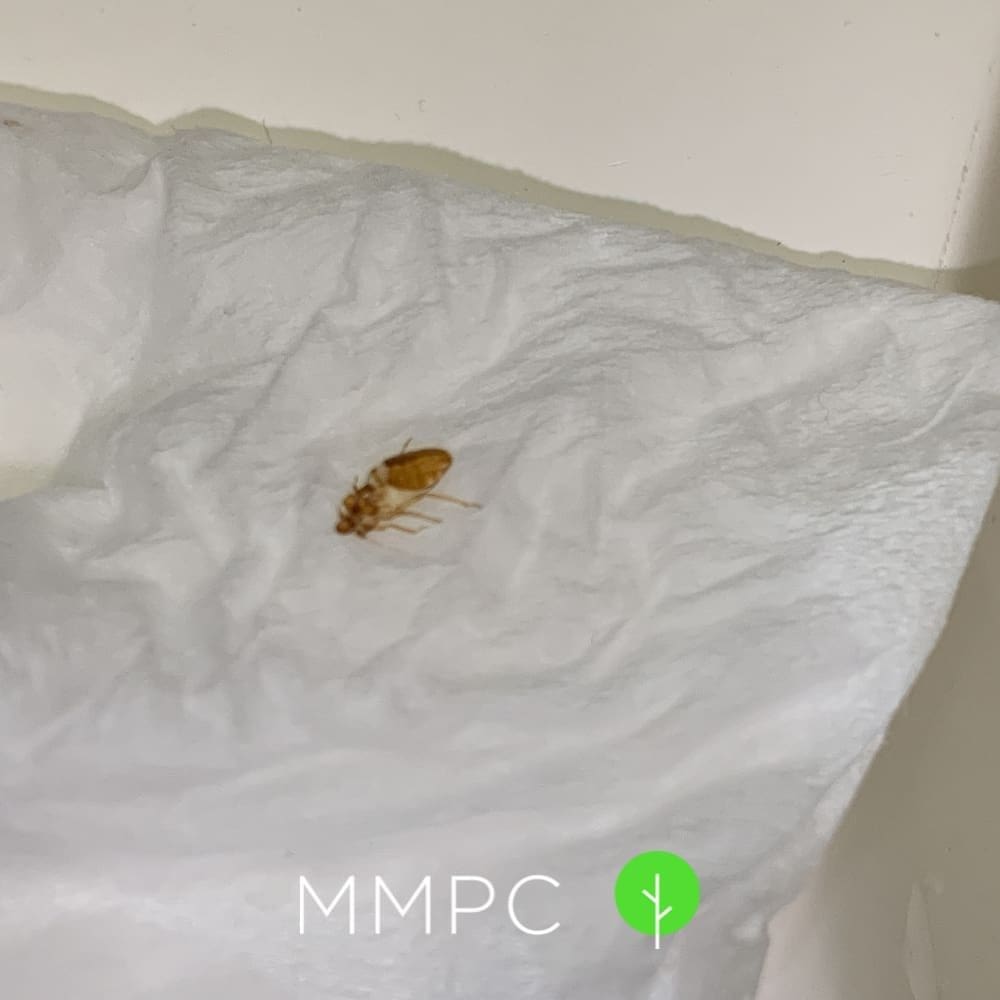
Juvenile bed bugs go through 5 instar stages before reaching adulthood. At each stage of their lifecycle, they molt and leave behind hollow exoskeletons known as shell casings or shed skins.
These empty husks are usually pale, translucent, and yellowish-brown in color. They come in various sizes depending on the instar stage, ranging from 2–7 mm long. Complete shell casings are shaped like bed bugs, but partial or fragmented pieces are harder to recognize.
Like fecal marks, shell casings are often found in mattress seams and other harborage areas where bed bugs breed and reproduce. They are important evidence of a growing infestation, showing the development of new generations of bed bugs.
Pictures of Shell Casings
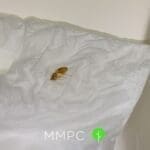


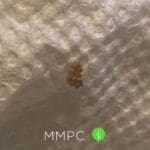
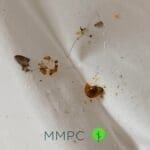
6. Eggs
- Pearly white and oval-shaped
- About the size of a pinhead
- Loosely stuck to surfaces
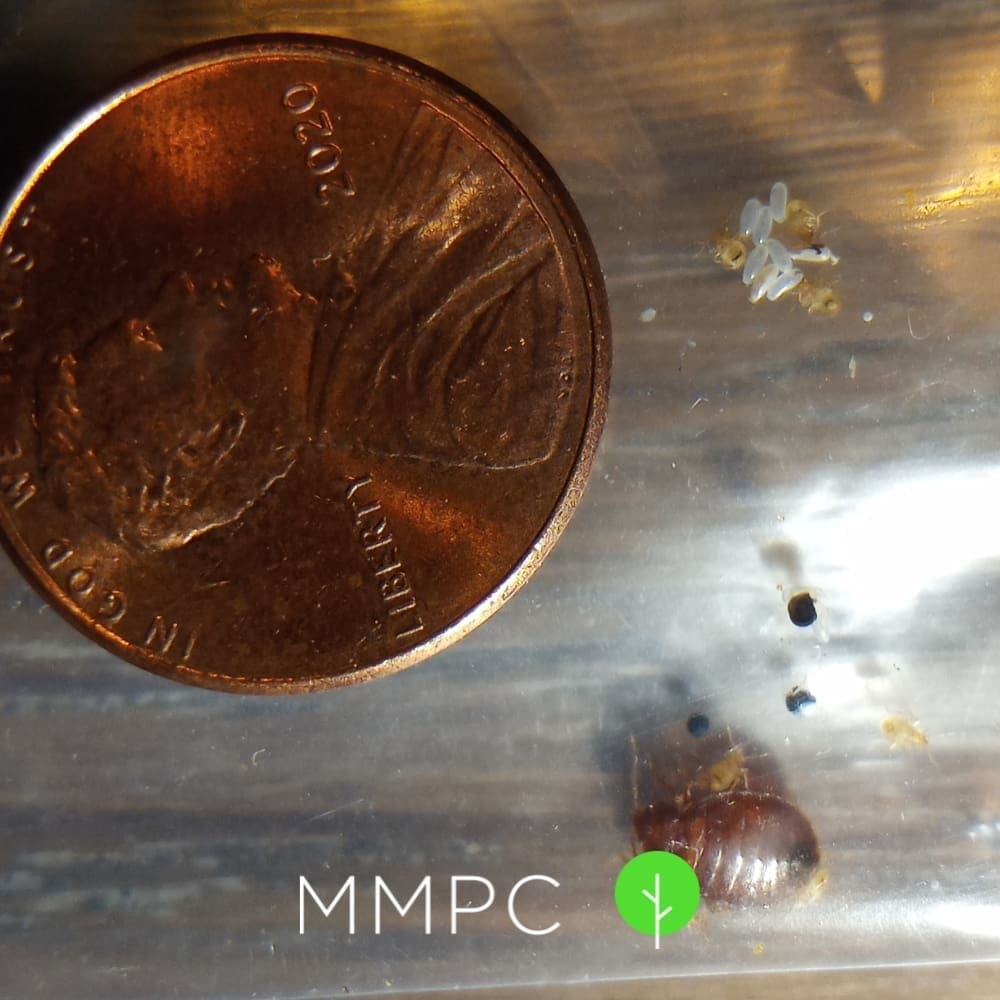
After a blood meal, a female bed bugs lays between 5–20 eggs over a period of 10 days.6 Because the eggs are tiny and usually well-hidden, they’re a difficult sign to find unless you know where and what to look for.
Bed bug eggs are pearly white and oval-shaped, resembling tiny grains of rice. Measuring approximately 1 mm in length, they’re about the size of a pinhead and are barely visible to the naked eye.
Unhatched eggs are soft to the touch, filled with fluid, and pop easily under a small amount of pressure, while hatched eggs may appear dry or wrinkled. Freshly laid eggs are covered in a sticky, glue-like liquid and loosely stuck to surfaces.
At one end is a hinged cap, from which the newly hatched bed bug emerges. Eggs that are more than 5 days old have a darkened eye spot.7 However, this can only be seen under a microscope.
Pictures of Bed Bug Eggs
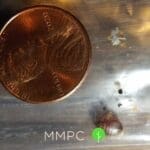
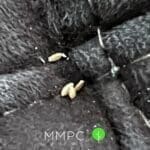
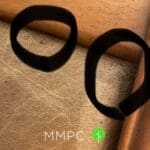
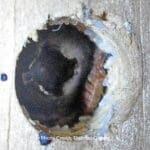
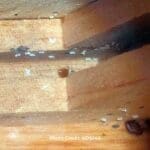
7. Actual Bed Bugs
- Wingless
- Reddish-brown
- Flat, oval abdomen that expands after feeding
- About the size of a flaxseed or small apple seed
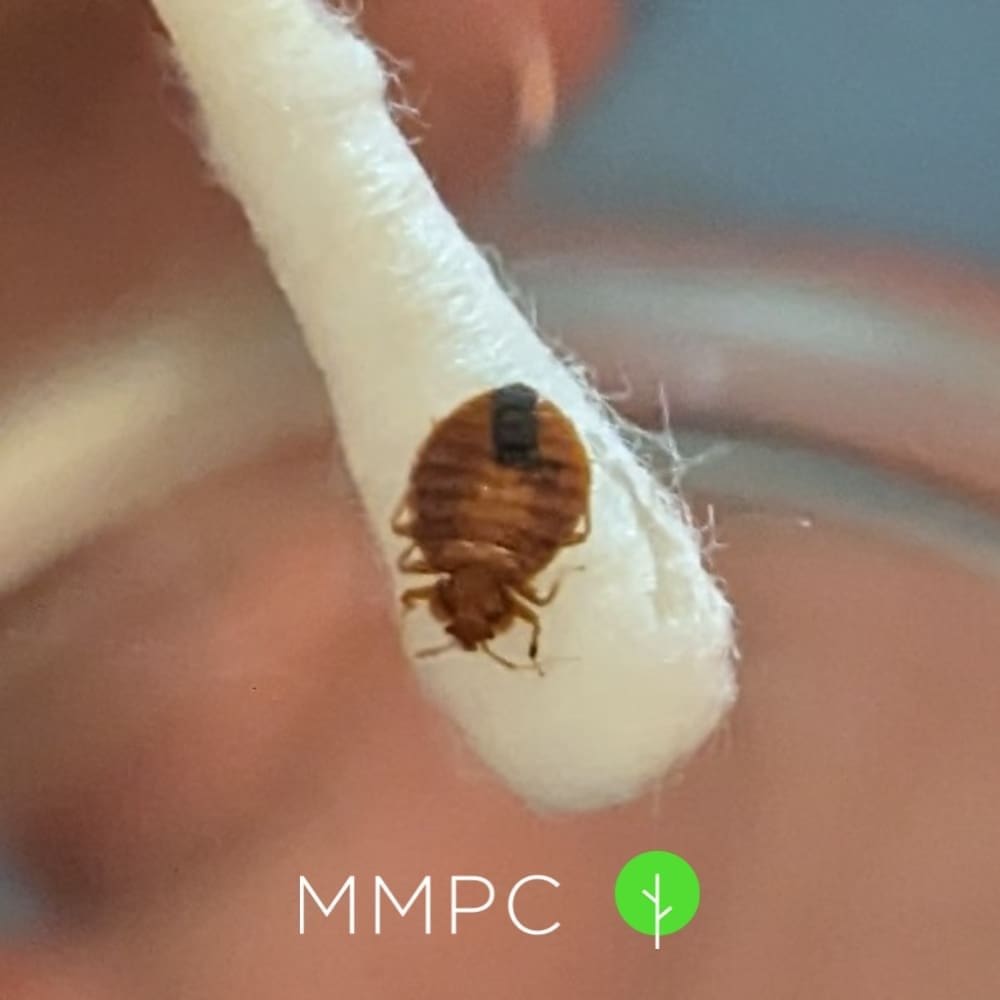
Bed bugs are wingless, reddish-brown insects. They have beady eyes, short antennae, and a flat, oval abdomen that swells with blood after feeding. Behind the head is a wide dorsal plate called the pronotum, which flairs out on both sides.
Adults are about the size of a flaxseed or small apple seed, typically measuring between 4–7 mm. Baby bed bugs, or nymphs, can be as small as 1 mm and are pale white or light brown in color.
Proper identification is extremely important if you think you found a bed bug. People often confuse bed bugs with other pests like cockroach nymphs and carpet beetles, resulting in 2 types of situations:
- A person finds a cockroach nymph or carpet beetle, mistakes it for a bed bug, and calls an exterminator to perform unnecessary and costly treatments.
- A person finds a bed bug but doesn’t recognize it, allowing the infestation to develop and spread to other rooms or neighboring apartments.
Being able to identify actual bed bugs as an early sign of a infestation can save you a lot of time, stress, and money. That’s why MMPC offers free pest identification services—show us what you found and we’ll tell you if it’s a bed bug.
Pictures of Bed Bugs

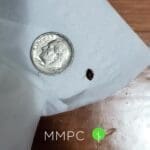
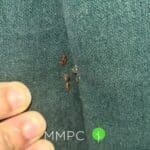
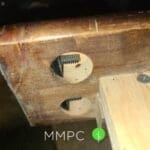
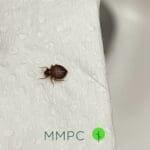
Finding Bed Bugs in Your Home
Common Harborage Areas
Bed bugs are experts at hiding, often taking refuge close to where people sleep or rest. Their tiny, flat bodies can squeeze into just about any crack or crevice bigger than 2 millimeters. Some of the most common areas to check for bed bugs include:
- Mattresses and box springs: Inspect seams, edges, and tags for bed bugs or signs like fecal spots or bloodstains.
- Bed frames and headboards: Bed bugs often hide in cracks, joints, and crevices.
- Furniture: Upholstered furniture, especially along seams and under cushions, can be prime hiding spots.
- Baseboards and wall edges: Bed bugs may hide in cracks between the baseboards and walls.
- Electrical outlets and wall hangings: Bed bugs can also hide behind electrical outlet covers, picture frames, or in any small crevice.
How to Perform a Visual Inspection
You can perform a simple visual inspection at home with a flashlight and a thin, rigid card (e.g. business card, playing card, or old credit card). Have a vacuum with a crevice tool handy to suck up any bed bugs you might find, as well as a small spray bottle of isopropyl alcohol to sanitize infested areas.
- Examine pillows and bed sheets for fecal marks or bloodstains.
- Remove bed sheets and work your way around the edges and seams of your mattress, looking for bed bugs, shell casings, fecal marks, and eggs. Flip your mattress over carefully and check underneath as well.
- Remove the mattress and use a flashlight to continue searching along the nook and crannies of your bedframe and headboard. If your bed is touching a wall, pull it out a few feet to check behind the headboard.
- Slide a rigid card along gaps and crevices to push out any bed bugs or debris inside.
- Do the same thing to inspect nearby dressers, nightstands, and other wooden furniture. Pay attention to screw holes, which is another common hiding area.
- Inspect couches and upholstered furniture. Remove cushion covers and use the card to get into gaps and crevices. Pull furniture away from the walls to check the backs and baseboards.
Still Unsure if You Have Bed Bugs?
At MMPC, we provide a free online pest identification service. If you’ve discovered possible signs of bed bugs, send us a picture or video and our team of experts will identify them for you. We’ll also answer any questions you have and provide recommendations for next steps.
Bed bugs are a stressful situation for anyone to deal with. Fortunately, recognizing the signs of an infestation early on can save you a lot of time and money when it comes to exterminating them.

About the Author
References
- Fésűs, L., Jobbágy, A., Kiss, N., Horváth, E., Avci, P., Lukács, A., Mayer, K., Bergler-Czop, B., Wikonkál, N., & Bánvölgyi, A. (2021). Dermatologic aspects of bed bug epidemic: an atlas of differential diagnosis. Postępy Dermatologii I Alergologii, 38(2), 184–192. https://doi.org/10.5114/ada.2021.106194 ↩︎
- Peres, G., Yugar, L. B. T., & Haddad, V., Junior. (2018). Breakfast, lunch, and dinner sign: a hallmark of flea and bedbug bites. Anais Brasileiros De Dermatologia/Anais Brasileiros De Dermatologia, 93(5), 759–760. https://doi.org/10.1590/abd1806-4841.20187384 ↩︎
- Wong, K. (2024b, February 20). Bed Bug Confidential: An Expert Explains How to Defend against the Dreaded Pests. Scientific American. https://www.scientificamerican.com/article/bed-bug-expert-explains-defend-yourself/ ↩︎
- Alpert, G. & Environmental Health & Safety, Harvard University. (n.d.-b). Bed bugs. https://www.maine.gov/dacf/php/gotpests/bugs/documents/bed-bug-harvard.pdf ↩︎
- Olfactory Query. (n.d.) Pest Control Technology. https://www.pctonline.com/article/olfactory-query/ ↩︎
- Miller, D. M. & Virginia Tech. (n.d.). Bed bug Basics. https://extension.entm.purdue.edu/bedbugs/pdf/bb-millerbasics.pdf ↩︎
- Bed bugs appearance and life cycle | US EPA. (2024b, January 26). US EPA. https://www.epa.gov/bedbugs/bed-bugs-appearance-and-life-cycle ↩︎


